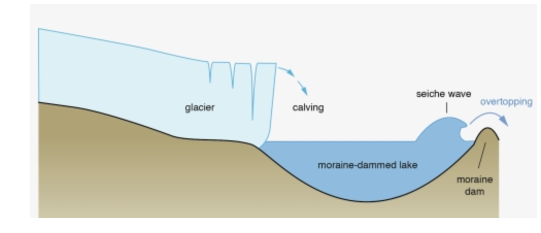Central Water Commission (CWC): - It is a premier Technical Organization of India in the field of Water Resources.
- It is presently functioning as an attached office of the Ministry of Jal Shakti, Department of Water Resources, River Development and Ganga Rejuvenation, Government of India.
- Functions:
- It is entrusted with the general responsibilities of initiating, coordinating and furthering in consultation of the State Governments concerned, schemes for control, conservation and utilization of water resources throughout the country, for the purpose of flood control, irrigation, navigation, drinking water supply and water power development.
- It also undertakes the investigations, construction and execution of any such schemes as required.
- It is headed by a Chairman, with the status of Ex-Officio Secretary to the Government of India.
- Its work is divided among 3 wings namely, Designs and Research (D&R) Wing, River Management (RM) Wing and Water Planning and Projects (WP&P) Wing.
- Each wing is placed under the charge of a full-time Member with the status of Ex-Officio Additional Secretary to the Government of India.
|

